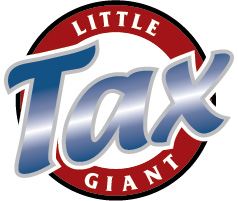IRS Updates June 2023 by Paul Davis
July 17 Deadline for 2019 Refunds
The IRS estimates that nearly 1.5 million people in the nation could be due refunds for tax year 2019, if they submit a tax return by the July 17 deadline. The usual deadline for submitting a tax return and getting a refund is 3 years from the initial deadline, but under the COVID-19 emergency, the deadline for 2019 was postponed. Taxpayers can still request key documents from their employers or banks, or request a wage and income transcript from the IRS, online or by filing Form 4506-T, Request for Transcript of Tax Return.
Advance Energy Project Guidance
The IRS has issued Notice 2023-44, providing further details for applicants seeking section 48C credit allocations in the qualifying advanced energy project credit allocation program under the Inflation Reduction Act. Notice 2023-18 earlier this year established the section 48C(3) program to allocate $10 billion in credits, at least $4 billion of which will be allocated to projects located in certain energy communities census tracts. This guidance is mainly of interest to owners of clean energy manufacturing and recycling projects, greenhouse gas emission reduction projects, and critical material projects. Notice 2023-44 updates the earlier guidance, defining qualifying advance energy projects and the Department of Energy (DOE) application process, in Appendices A and B, respectively. Appendix C has also been added, containing a list of the energy communities census tracts.
Penalty Relief for Corporations
The IRS and Treasury have issued Notice 2023-42, which will grant penalty relief for corporations that did not pay estimated tax in connection with the new corporate alternative minimum tax (CAMT). The Inflation Reduction Act created the CAMT, which imposes a 25% minimum tax on the adjusted financial statement income of large corporations for taxable years beginning after December 31, 2022. Due to the challenges associated with determining the amount of a corporation’s CAMT liability and whether a corporation is subject to the CAMT, the IRS will waive the penalty for failure to pay estimated income tax with respect to its CAMT for a taxable year that falls within specific dates.

